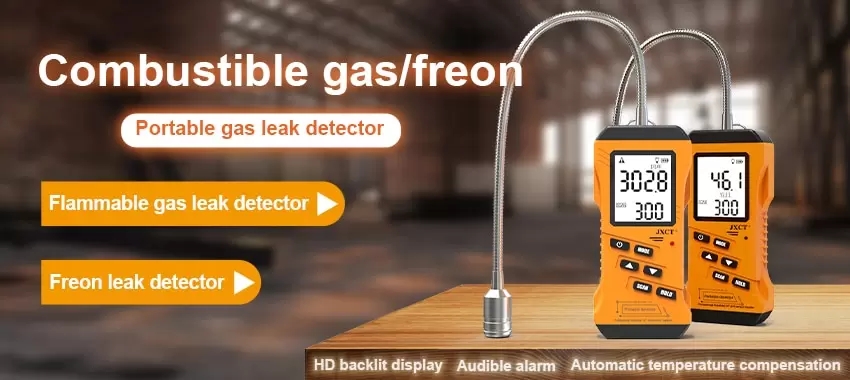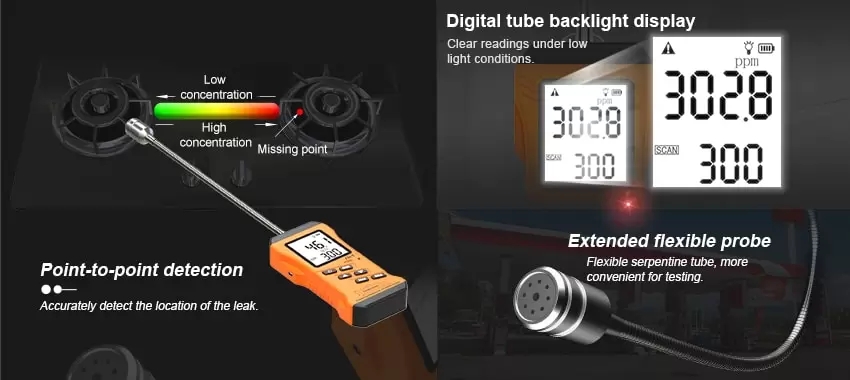Air pollution is a serious problem affecting the environment, public health, and economy. Industrial settings are one of the major contributors to air pollution due to their high production activities. Industrial processes such as manufacturing, mining, and power generation emit various pollutants into the air, including particulate matter, nitrogen oxide, sulfur dioxide, carbon monoxide, and volatile organic compounds (VOCs). These pollutants not only harm workers' health but also negatively impact the surrounding ecosystem. Therefore, it is crucial to monitor and control air pollution levels in industrial settings to ensure worker safety and compliance with environmental regulations.
Gas sensors play a vital role in detecting and measuring air pollutants in industrial settings. A gas sensor is a device that detects and measures the concentration of specific gases in the air. The most common gas sensors used in industrial settings are electrochemical, optical, and metal oxide semiconductor (MOS) sensors. Each type of sensor has different detection mechanisms and sensitivity levels, making them suitable for various applications.
Electrochemical sensors work by reacting with the gas molecules and generating an electrical signal proportional to the gas concentration. They are highly sensitive to toxic gases such as carbon monoxide and hydrogen sulfide and can operate at low temperatures. However, they may not be suitable for detecting gases with low concentrations or in humid environments.
Optical sensors use light absorption or reflection to detect gas molecules' presence and concentration. They are highly selective and can detect multiple gases simultaneously. Optical sensors are commonly used in applications such as greenhouse gas monitoring, combustion analysis, and breath analysis for medical diagnosis. However, they are often expensive and require specialized training for operation and maintenance.
MOS sensors detect gas molecules' presence by measuring changes in electrical conductivity in a thin film of metal oxide. They are cost-effective, compact, and can detect a wide range of gases, including VOCs, nitrogen oxide, and ozone. MOS sensors are widely used in industrial applications such as air quality monitoring, leak detection, and process control. They can operate at high temperatures and in harsh environments, making them suitable for outdoor or hazardous applications.
Gas sensors' accuracy and reliability depend on various factors such as sensor type, calibration, sensitivity, sampling rate, and environmental conditions. Regular sensor calibration and maintenance are necessary to ensure accurate and consistent readings. Some gas sensors require periodic replacement due to sensor degradation over time.

In industrial settings, gas sensors are often integrated into a monitoring system that collects and analyzes real-time data for decision-making. The monitoring system may include multiple sensors with different gas detection capabilities, data loggers, and software for data visualization and analysis. The system can alert operators when the pollution level exceeds the safe threshold, trigger ventilation systems or air filtration systems, or shut down the production processes to prevent further pollution.
Conclusion
Gas sensors provide a crucial tool for detecting and measuring air pollutants in industrial settings. They help protect workers' health, environment, and compliance with environmental regulations. Different types of gas sensors have different detection mechanisms, sensitivity levels, and applications, making them suitable for various industrial environments. Regular calibration and maintenance are necessary to ensure gas sensors' accuracy and reliability. Integration of gas sensors into a monitoring system can provide real-time data and assist operators in making informed decisions to control pollution levels.
 : +86 155 8830 2704
: +86 155 8830 2704 : jxdziot@gmail.com
: jxdziot@gmail.com
